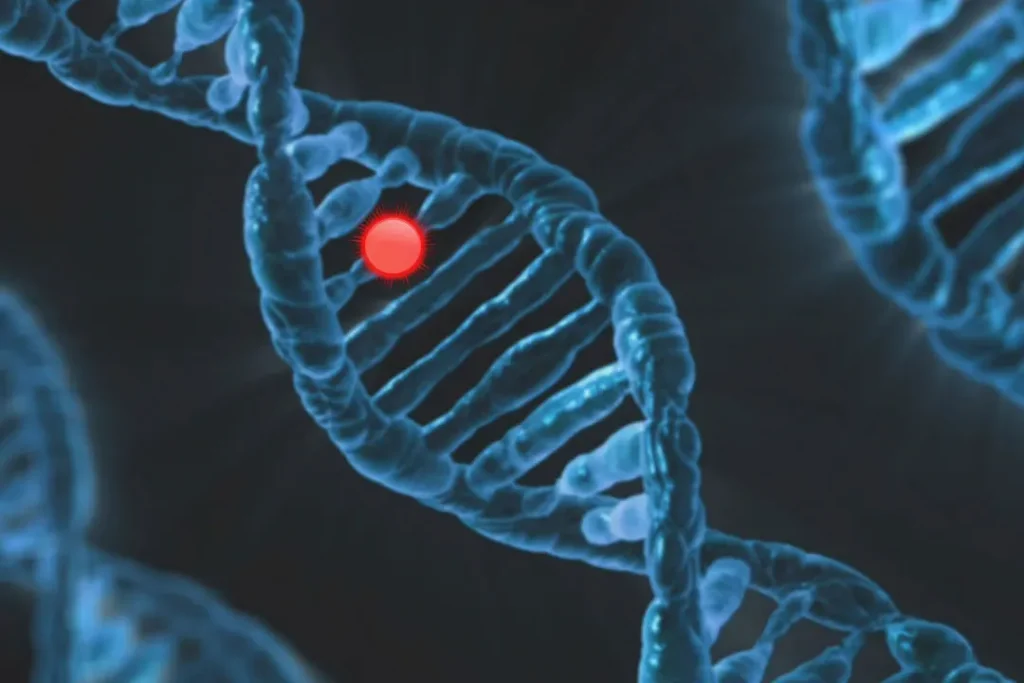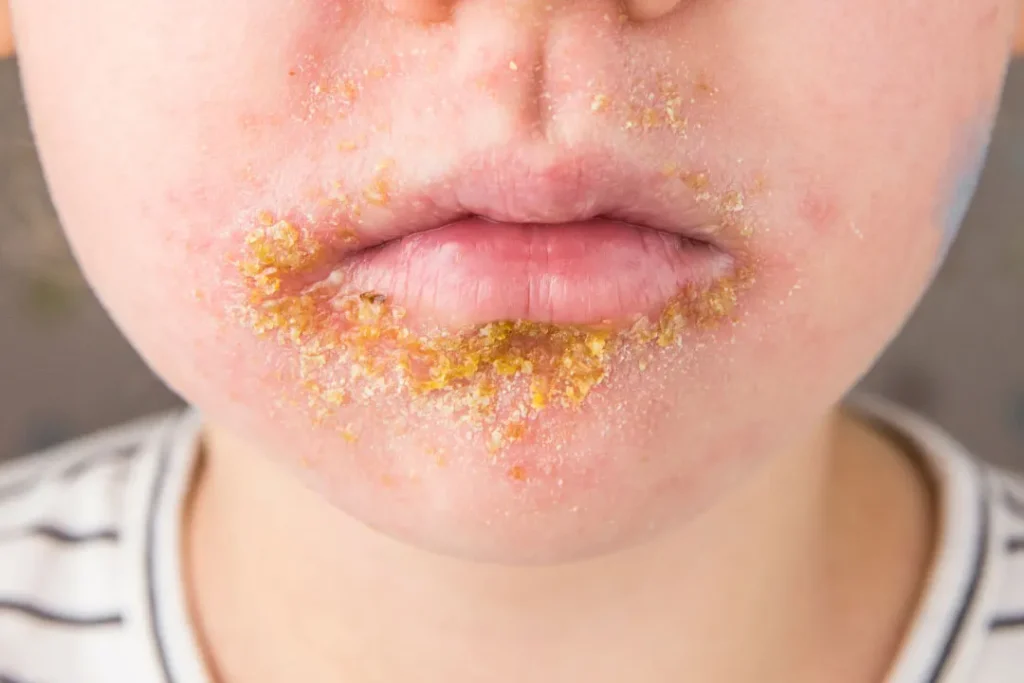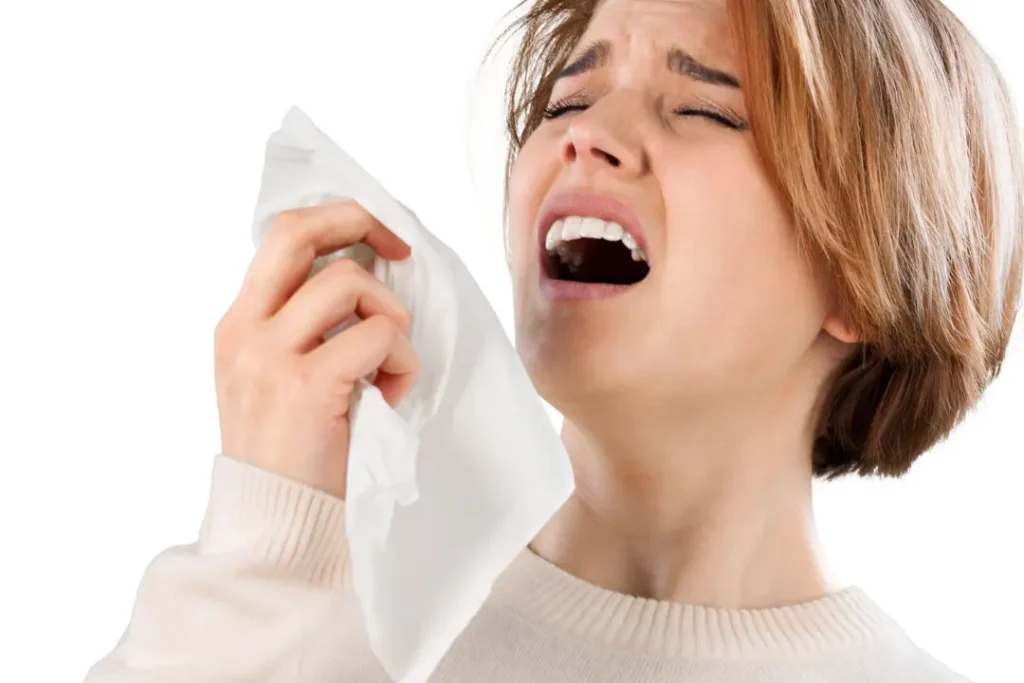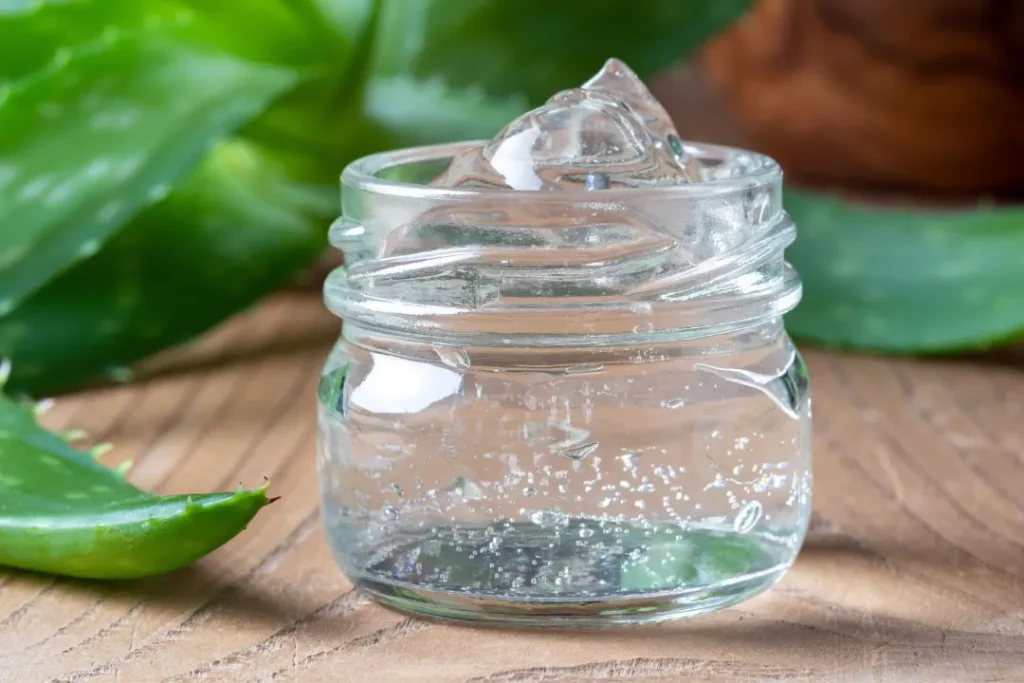Description
When your skin gets into contact with things containing nickel, an allergic reaction mediated by your immune system takes place. The region of exposure frequently exhibits irritation, redness, rash, and blistering. Even though nickel is used in jewelry, fasteners for clothing, and technological equipment, not every person is sensitive to it. Skin contact sites for nickel-containing compounds are frequently affected by nickel allergies.
This list includes places like the wrists, i.e., from bracelets or watches, the fingers, i.e., from rings, the earlobes, i.e., from earrings, and the thighs or abdomen, i.e., from clothing fasteners. The effects of nickel allergies can travel from the first point of contact. Since nickel allergy represents a delayed hypersensitivity response, symptoms may not occur right away after exposure to nickel. The onset of symptoms can happen anywhere between a few hours and several days.
You May Also Like:
Propel Immune Support vs Hello Health’s ImmunoStrong
5 Great Royal Honey Benefits for Increased Energy, Glowing Skin, and More
Nickel Allergy: Description, Causes, And Treatment Protocol is an original (HealthXWire) article.
Possible Causes
Although the precise cause of nickel allergy is unknown, a variety of factors can contribute to its development.
These components consist of:
Allergic Sensitization: After repeated or extended exposure to compounds comprimised of nickel, nickel allergies frequently develop. Nickel progressively causes your immune system to become hypersensitive, which causes it to perceive its presence as a threat, launching an allergic reaction when exposed again. Direct contact with your skin or consuming nickel-containing foods or beverages can both cause the initial sensitization.
Genetic Predisposition: Yourvulnerability to developing a nickel allergy can be influenced by genetic factors, according to studies. The probability of an allergic reaction to nickel can be increased by specific changes in genes related to your skin barrier function and your body’s immune system.
Skin Barrier Breakdown: Your skin serves as an effective barrier against irritants and allergens around the environment. Abrasions, cuts, or skin diseases like eczema can compromise your skin’s protective barrier, allowing nickel to penetrate deeper within your skin, which increases the risk of an allergic response. Nickel ions can interact with skin proteins to create haptens, which stimulate your immune system.
Nickel-Containing Item Exposure: Numerous items, such as jewelry, clothes fasteners, zippers, eyeglass frames, belt buckles, and electrical equipment, are made with nickel. Interaction with these objects over an extended period of time or repeatedly can increase your chances of nickel exposure and subsequent allergy development.
Cross-Reactivity: You can be more likely to acquire a nickel allergy if you have allergies to different metals like chromium or cobalt. These metals’ comparable chemical properties and ability to elicit an immunological response lead this cross-reactivity to occur.
Occupational Exposure: There may be frequent or ongoing interaction with nickel-containing substances or materials in some professions, including hairdressers, metalworkers, and healthcare professionals. The nickel allergy may become more probable due to, this work exposure.

Exacerbating and Mitigating Factors
Some aggravating and alleviating of nickel allergies consist of the following: –
Exposure to Irritants: Your skin barrier can get damaged by irritants like detergents, soaps, chemicals, or solvents, making your skin more vulnerable to nickel allergens. Additionally, irritants may trigger new inflammation or worsen already present inflammation, intensifying the allergic response.
Increased Sweating: Excessive skin moisture through perspiration can causethings comprised of nickel to release their ions more easily, raising the possibility of an allergic response. By fostering a wet environment that encourages bacteria development and skin irritation, sweating can further exacerbate symptoms.
Concurrent Skin Infections: The rectitude of your skin can be weakened and its permeability increased by illnesses like fungal or bacterial infections, leaving it more vulnerable to allergens such as nickel. Additionally, an outbreak of an infection can lead to additional inflammation and irritation.
The mitigating factors include:
Avoiding Irritants: Keeping your skin barrier intact and reducing exposure to recognized skin irritants, which include abrasive detergents, soaps, or chemicals, can help decrease your risk of developing or aggravating nickel allergy symptoms.
Proper Skin Hygiene: If you have nickel allergies, you must maintain proper skin hygiene. Regularly cleaning the regions that are affected with tepid water and mild soaps devoid of fragrance will help get rid of any leftover nickel or possible irritants that might cause symptoms to appear or get worse.
Limiting Immediate Contact with Nickel: Having direct contact with anything containing nickel must be avoided if your allergic responses are to be prevented. This includes putting on clothing containing non-metallic fasteners, putting on hypoallergenic jewelry crafted from low-nickel or nickel-free substances, and putting barrier protection between your skin and metal items, like transparent nail paint or cloth.
Moisturizing the Skin: Regular use of hypoallergenic moisturizers without fragrance on your skin can help in preserving its hydration and prevent dryness, which could render your skin more vulnerable to allergic responses and irritation.
Seeking Professional Advice: For the management of nickel allergy, speaking with your medical expert like an allergist or dermatologist could provide you with helpful advice and tailored recommendations. They offer detailed guidance on preventative measures, skincare regimens, and suitable treatment solutions that are suited to your requirements.
Nickel Allergy: Description, Causes, And Treatment Protocol is the (HealthXWire) report.

Standard Treatment Protocol
Keeping away from direct contact with anything that contains nickel, such as the following, is the main strategy for treating nickel allergy:
Avoidance of Nickel: Avoiding direct contact with objects that contain nickel is the main strategy for treating your nickel allergy. This includes the following:
- Wearing hypoallergenic jewelry
A nickel-free or nickel-low piece of jewelry should be chosen, whether it be made of gold, titanium, or stainless steel. You must avoid wearing a costume or nickel-plated jewelry.
- Selecting clothing carefully
You must choose clothes that have non-metallic fasteners or put anything between the metallic part and your skin, like clear nail paint or a piece of cloth.
- Checking product labels
To make sure that your household items like cosmetics, and personal care products are nickel-free, you need to examine the labels.
- Using electronic gadgets with caution
To decrease direct skin contact with nickel-containing equipment, you need to use protective coverings or cases.
Topical Corticosteroids: Topical corticosteroid ointments or creams, available over-the-counter or on prescription, are used to treat mild to severe allergic responses and relieve symptoms including redness, itching, and inflammation. Drugs such as these aid in lowering immune responses and managing allergic responses. To minimize negative side effects like skin thinning, continuous use should be prevented.
Oral Antihistamines: Itching relief and the amelioration of allergy symptoms are possible with antihistamines that are available over-the-counter like loratadine or cetirizine. Histamine constitutes a substance that is released after an allergic response, and these drugs prevent its effects. They are especially useful for treating symptoms that are systemic, such as watery eyes, runny nose, and sneezing.

Treatment Options
The following are some options for treating nickel allergy:
Prescription Medications: Prescription drugs like calcineurin inhibitors ortacrolimus might be suggested in conjunction with oral antihistamines and topical corticosteroids for serious instances of nickel allergy, or whenever traditional treatment alternatives are not effective.
Over-the-Counter Formulations: Temporary relief from minor nickel allergy symptoms can be obtained over-the-counter by using corticosteroid lotions or ointments like hydrocortisone. To minimize skin thinning along with other negative side effects, nevertheless, extended or excessive application of these products need to be prevented.
Nutritional Supplements: Although there is no known dietary supplement that can effectively cure nickel allergy, some vitamins can strengthen your body’s immune system and decrease inflammation. These include:
- Vitamin C
Vitamin C improves your immunological health and provides anti-inflammatory benefits.
- Omega-3 fatty acids
Omega-3 fatty acids, which are present in flaxseed oil and fish oil, are anti-inflammatory and can help control your immune system.
- Quercetin
The anti-allergic and anti-inflammatory propertiesof this flavonoid component can help prevent nickel allergy, which is present in vegetables and fruits.
Natural Remedies: A few herbal treatments could help with skin health and alleviate symptoms. These include:
- Aloe vera gel
Aloe vera gel, which is well-known for its calming effects, can lessen itchiness and inflammation brought on by nickel allergy. The damaged area must be covered with a tiny amount.
- Witch hazel
Witch azel is an astringent with anti-inflammatory qualities. Utilizing witch hazel-based items or administering witch hazel extracts topically can help calm inflamed skin.
- Coconut Oil
Coconut oil remains well known for being hydrating and anti-inflammatory.
- Chamomile
Chamomile has anti-inflammatory and anti-itching properties that can aid in relieving symptoms. Usingchamomile-based lotions or ointments or incorporating chamomile tea compresses can assist to ease discomfort.
Herbal Remedies: Traditional uses for specific herbal treatments include their ability to reduce inflammation and boost your immune system. Examples consist of:
- Licorice root
The immune-modulating and anti-inflammatory properties of licorice root have made it a common ingredient in traditional medicine.
- Calendula
Creams or extracts of calendula can help in minimizing inflammation and encourage skin healing. The afflicted region must be treated topically.

Conclusion
Similar to dietary supplements, it is crucial to speak with your doctor before utilizing herbal remedies because they could have unfavorable side effects, especialy when you combine them with other drugs. Depending on your severity of your nickle allergy, one or more of the ailments and recommendations in this article can greatly improve your health and daily life. Talk to your doctor and see which option is best for you!
Additional resources for further reference
https://www.aad.org/public/diseases/eczema/insider/nickel-allergy
https://www.mayoclinic.org/diseases-conditions/nickel-allergy/symptoms-causes/syc-20351529
https://my.clevelandclinic.org/health/diseases/17842-nickel-allergy
Important Note: The information contained in this article (Nickel Allergy: Description, Causes, And Treatment Protocol) is for general informational purposes only, and should not be construed as health or medical advice, nor is it intended to diagnose, prevent, treat, or cure any disease or health condition. Before embarking on any diet, fitness regimen, or program of nutritional supplementation, it is advisable to consult your healthcare professional in order to determine its safety and probable efficacy in terms of your individual state of health.
Regarding Nutritional Supplements Or Other Non-Prescription Health Products: If any nutritional supplements or other non-prescription health products are mentioned in the foregoing article, any claims or statements made about them have not been evaluated by the U.S. Food and Drug Administration, and such nutritional supplements or other health products are not intended to diagnose, treat, cure, or prevent any disease.


